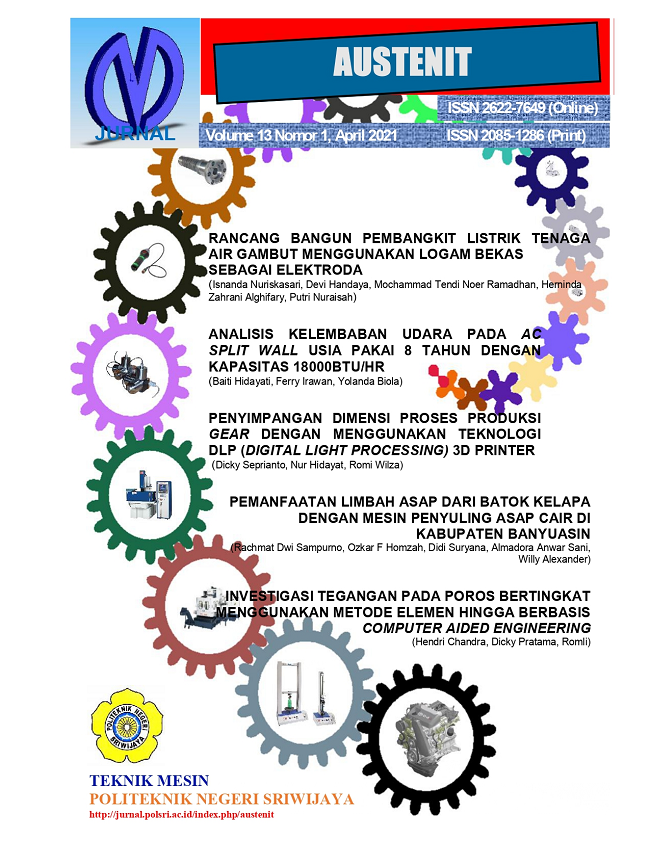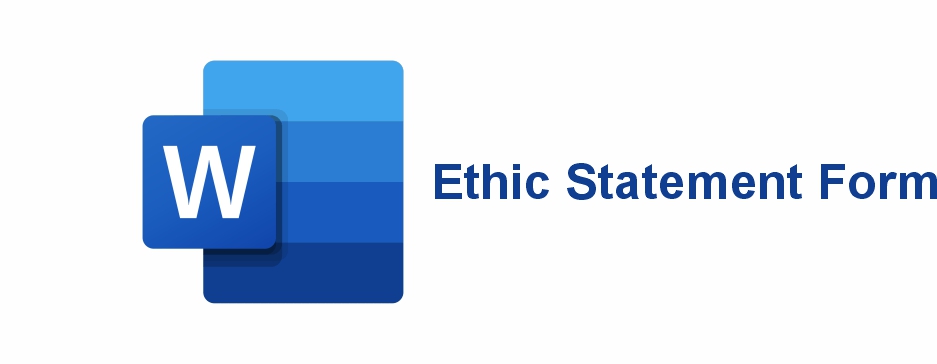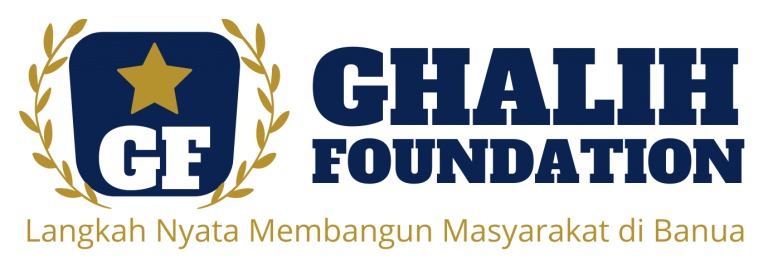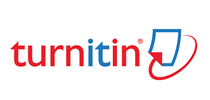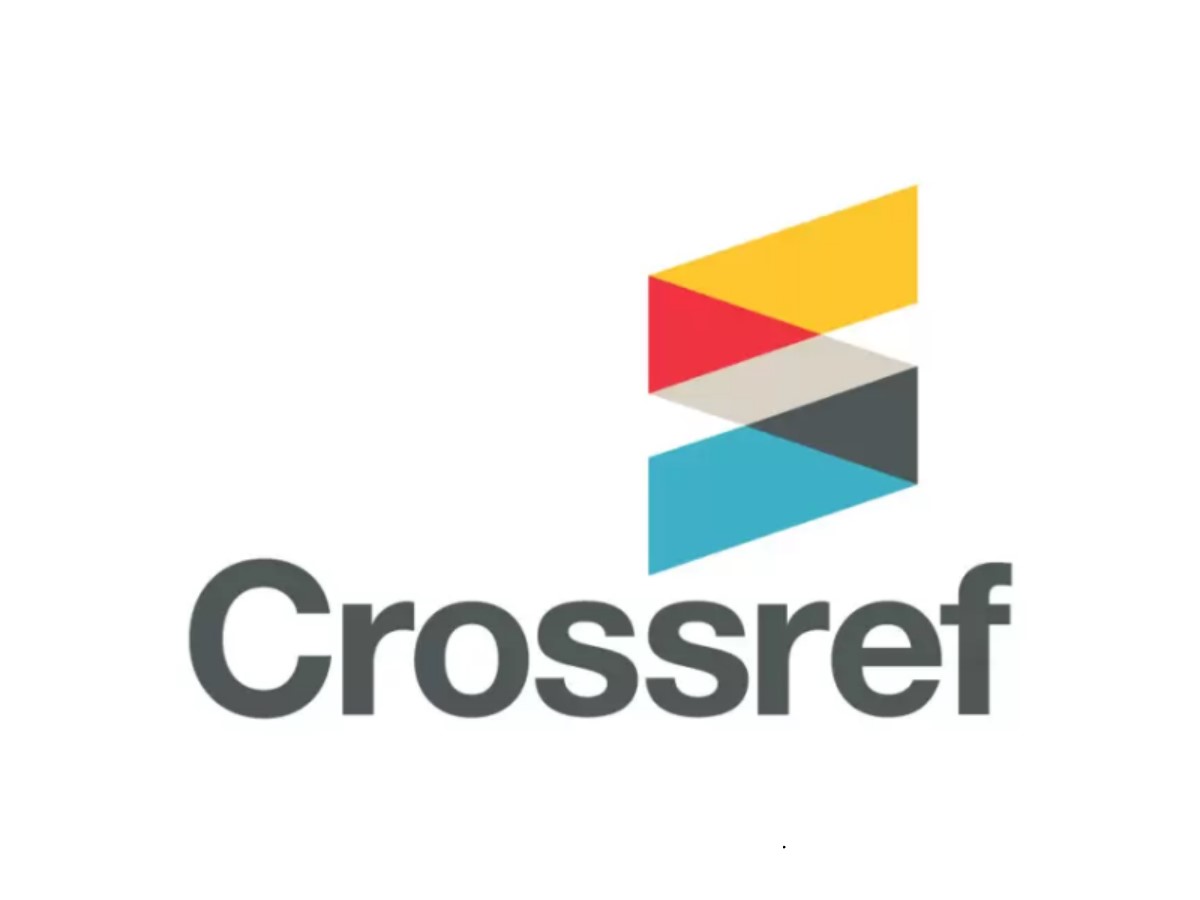INVESTIGATION OF STRESS ON MULTI-LEVEL SHAFT USING FINITE ELEMENT METHOD BASED ON COMPUTER-AIDED ENGINEERING
Keywords:
shaft, material, stress, finite element method, computer aided engineeringAbstract
The shaft is a rod that is part of the engine element with a circular cross-section that functions to move rotation without continuing power. Research on the stress concentration factor on the shaft continues to be developed significantly to mitigate torsional loads, bending loads, and axial loading. This study investigates the stress on a multilevel shaft using three methods: the engineering design method, simulation method, and analysis using the finite element method to obtain the investigated stress value based on computer-aided engineering. The material used in the shaft test is AISI 1020 steel with two research variables, namely, the independent variable with radius (mm); 0 mm, 2 mm, 6 mm, 10 mm, 20 mm, 50 mm, and the dependent variables are von mises and displacement. Based on the results of the test investigations that have been carried out by simulating the shaft, it can be concluded that the addition of radius material as the investigated variable by applying a torque of 50 N.m will reduce the stress on the shaft, and this does not apply to the displacement that occurs on the shaft when the force or load is working.
Downloads
References
Bhavesh Patel dan Hiren Prajapati, 2019. Performance Evaluation of Stress Concentration Factor for Shoulder Fillet on Round Bar under Bending Loading. International Journal of Recent Technology and Engineering (IJRTE). Vol. 8 Issue-4, ISSN: 2277-3878.
Angga Setiawan dan Witantyo, 2016. Analisa Kegagalan Poros Pompa Centrifugal Multistage (GA101A) Sub Unit Sintesa Urea Pt. Petrokimia Gresik. Jurnal Teknik ITS Vol. 5, No. 2.
Jatmoko Awali dan Asroni, 2013. Analisa Kegagalan Poros Dengan Pendekatan Metode Elemen Hingga. TURBO. Vol. 2 No. 2, ISSN 2301-6663.
Rifky Ismail, Sugiyanto, Henry Kristianto, Eko Saputra, Jamari, 2017. Pemodelan Metode Elemen Hingga Kontak Femoral Head Dengan Acetabular Liner Pada Sendi Panggul Buatan Dengan Variasi Diameter Celah Pada Acetabular Linear. ROTASI – Vol. 19, No. 3, pp. 139−146.
Tri Mulyanto dan Agung Dwi Sapto, 2017. Analisis Tegangan Von mises Poros Mesin Pemotong Umbi-Umbian Dengan Software Solidworks. PRESISI, Vol. 18, No. 2.
Junaidi, 2019. Mekanika Kekuatan Material. Program Studi Teknik Mesin Fakultas Teknik dan Komputer Universitar Harapan Medan.
Dwi Djumhariyanto, 2016. Analisa Tegangan Poros Roda Mobil Listrik Dengan Metode Elemen Hingga. Vol. 01, No. 01.
N Ugesh, Sathishkumar Kuppuraj, dan K Sathishkumar, 2016. Finite element analysis of a shaft subjected to a load. ARPN Journal of Engineering and Applied Sciences. VOL. 11, No. 9.
Anang Hadi Saputro, Taufiq Hidayat, dan Qomaruddin, 2017. Analisa Poros Alat Uji Keausan Untuk Sistem Kontaktwodisc Dengan Menggunakan Metode Elemen Hingga. Jurnal SIMETRIS, Vol. 8 No. 1.
Mahendra Guna Satriananta, Hartono Yudo, dan Berlian Arswendo Adietya, 2019. Studi Analisis Kekuatan Poros Propeller Kapal KMP. Pertiwi Nusantara Akibat Dikenai Torsi Dari Propeller. Jurnal Teknik Perkapalan, Vol. 7, No. 1.
Margalando Mardha Supha, Ir. Agoes Santoso, M.Sc, M.Phil dan Irfan Syarif Arief, ST, MT, 2016. Analisa Misalignment Shaft Propeller Dengan Metode Torsi Vibration Analisis. Jurusan Teknik Sistem Perkapalan, Fakultas Teknologi Kelautan, Institut Teknologi Sepuluh Nopember (ITS).
Downloads
Additional Files
Published
How to Cite
Issue
Section
License
Copyright (c) 2021 Authors and Publisher

This work is licensed under a Creative Commons Attribution-ShareAlike 4.0 International License.
The Authors submitting a manuscript do so on the understanding that if accepted for publication, Authors retain copyright and grant the AUSTENIT right of first publication with the work simultaneously licensed under a Creative Commons Attribution-ShareAlike License that allows others to share the work with an acknowledgment of the work's authorship and initial publication in this journal.
AUSTENIT, the Editors and the Advisory International Editorial Board make every effort to ensure that no wrong or misleading data, opinions or statements be published in the journal. In any way, the contents of the articles and advertisements published in AUSTENIT are the sole responsibility of their respective authors and advertisers.

